An SD card failure in your dash cam is often caused by the card wearing out from constant video rewriting, incompatibility, or improper formatting. To fix it, start by power cycling your dash cam and re-seating the card. If the error persists, use the dash cam's built-in menu function to format the microSD card. For recurring issues, ensure you are using a high-quality, High Endurance microSD card specifically designed for the intense read/write cycles of a Dash Cam.

Table of Contents
- Why Do Dash Cam SD Cards Fail So Often?
- What Are the Telltale Signs of an SD Card Error?
- How Can You Fix an SD Card Error Immediately?
- Which SD Card is Right for Your Dash Cam?
- How Do You Properly Maintain Your Dash Cam's SD Card?
- What Happens if the SD Card is Incompatible?
- Can Extreme Temperatures Cause SD Card Failure?
- When is it Time to Replace Your SD Card?
- Could the Dash Cam Itself Be the Problem?
Why Do Dash Cam SD Cards Fail So Often?
The primary reason SD cards in dash cams fail is due to the intense and continuous nature of their workload. Unlike a card in a digital camera that writes data intermittently, a dash cam's SD card is subjected to a constant loop of writing, deleting, and rewriting large video files. This process, known as loop recording, puts immense strain on the card's memory cells.
Every SD card is built with NAND flash memory, which has a finite number of write cycles. Standard SD cards, designed for casual use, wear out quickly under these conditions. The constant overwriting leads to memory cell degradation, which eventually results in corrupted files, write errors, and total card failure. This is why the type of card you choose is not just a recommendation but a critical component for reliability.
What Are the Telltale Signs of an SD Card Error?
Recognizing the early signs of SD card failure can save you from discovering that crucial footage was never recorded. The most obvious indicator is an on-screen error message, such as "SD Card Error," "Please Insert SD Card," or "Format Card." These messages are your dash cam's way of telling you it can no longer reliably write data.
Other, more subtle symptoms include frozen or stuttering video playback, missing segments of footage from your drive, or the dash cam randomly rebooting or shutting down. You might also find that video files are corrupted and unplayable when you try to view them on a computer. If you notice any of these issues, it is imperative to address the SD card's health immediately.
How Can You Fix an SD Card Error Immediately?
When an error message appears, there are several troubleshooting steps you can take to get your dash cam recording again. Follow these in order, from simplest to most involved.
Step 1: Power Cycle and Re-seat the Card
The simplest fix is often effective. Turn off your dash cam completely and unplug it from its power source. Carefully eject the microSD card. Wait for about a minute to allow any residual power to discharge from the device. Inspect the card and the slot for any visible dust or debris. Re-insert the card firmly until it clicks into place, then power the dash cam back on. This process can resolve temporary connection or communication glitches.
Step 2: Format the SD Card in the Dash Cam
Formatting erases all data on the card and sets up a clean file structure for the dash cam. This will delete all existing footage, so be sure to back up any important videos first. Instead of formatting the card on a computer, it is always best to format it within the dash cam itself. Navigate to your dash cam's settings menu, find the "Format" or "Format SD Card" option, and confirm the action. This ensures the card is formatted with the exact file system (e.g., FAT32 or exFAT) that your specific dash cam model requires for optimal performance.
Step 3: Test the Card on a Computer
If formatting in the dash cam doesn't resolve the issue, the card itself may be faulty. Insert the microSD card into a computer using a card reader. If the computer fails to recognize the card or reports that it is corrupted, the card has likely reached the end of its life. You can attempt to run a disk check utility (like CHKDSK on Windows or Disk Utility on Mac), but in most cases of dash cam-induced wear, the physical degradation of the memory cells is irreversible, and the card must be replaced.
Which SD Card is Right for Your Dash Cam?
Choosing the correct SD card is the single most important step in preventing failures. Not all cards are created equal, and using the wrong type is the leading cause of recording problems, especially in high-performance devices.
Understanding Card Types: High Endurance vs. Standard
Standard microSD cards (often labeled TLC, or Triple-Level Cell) are designed for devices like phones and cameras where data is written less frequently. High Endurance microSD cards, on the other hand, are built specifically for constant write-intensive applications like dash cams and security cameras. They use higher-grade NAND flash (like MLC, or Multi-Level Cell) that can withstand thousands of hours of recording and rewriting before failing.
For a premium device like the Botslab G980H 4K Dash Cam, which records a massive amount of data, a High Endurance card is not optional—it is essential for reliable operation and protecting your critical footage.
| Feature | Standard microSD Card | High Endurance microSD Card |
|---|---|---|
| Intended Use | Phones, tablets, digital cameras | Dash cams, home security cameras, surveillance |
| Write Cycle Lifespan | Low (hundreds of hours) | High (thousands of hours) |
| Technology | Typically TLC NAND | Typically MLC NAND |
| Reliability | Prone to failure in dash cams | Designed for loop recording |
Decoding Speed Class and Capacity Requirements
For recording high-resolution video (1080p, 2K, or 4K), you need a card that can handle a high data rate. Look for a card with a U3 (UHS Speed Class 3) and V30 (Video Speed Class 30) rating. These ratings guarantee a minimum sustained write speed of 30 MB/s, which is necessary to prevent dropped frames and recording errors with high-quality video streams. In terms of capacity, a 64GB, 128GB, or 256GB card is generally recommended to store a sufficient amount of footage before it is overwritten.
The Dangers of Counterfeit Cards
The market is flooded with counterfeit SD cards that are falsely labeled with brand names and high capacities. These cards use cheap, low-quality components that are prone to failure. They often have a much smaller actual capacity than advertised and will fail the moment you try to write data beyond their true limit. Always purchase SD cards from reputable, authorized retailers to ensure you are getting a genuine product.
How Do You Properly Maintain Your Dash Cam's SD Card?
Proper maintenance can significantly extend the life of your SD card. It is a best practice to format the SD card in your dash cam at least once a month. This simple act clears out any residual data fragments and helps prevent file table corruption. It effectively gives the card a "fresh start" and ensures the dash cam can write data smoothly and efficiently, reducing the chance of errors building up over time.
What Happens if the SD Card is Incompatible?
Using an incompatible SD card can lead to a range of unpredictable issues. The dash cam might fail to recognize the card, refuse to record, or generate corrupted files. Incompatibility can stem from several factors: the card's capacity might exceed the maximum supported by the dash cam, its speed class might be too low for the video resolution, or its file system may not be supported. Always check your dash cam's user manual for the manufacturer's specific SD card recommendations and limitations to avoid these problems.
Can Extreme Temperatures Cause SD Card Failure?
Yes, extreme heat and cold can negatively impact SD card performance and longevity. Cars parked in direct sunlight can reach internal temperatures well over 140°F (60°C), which can stress the card's electronic components and potentially lead to data corruption or permanent damage. Most high-quality, brand-name SD cards are rated to operate within a specific temperature range. If you live in a climate with extreme weather, ensure your chosen card is rated for industrial or automotive use, as these are built to withstand a wider temperature spectrum.
When is it Time to Replace Your SD Card?
An SD card is a consumable item with a finite lifespan. Even High Endurance cards will eventually wear out. You should plan to replace your dash cam's SD card every 1-3 years, depending on your usage. If you begin to experience frequent errors that are not resolved by formatting, it is a clear sign that the card is failing and needs immediate replacement. Proactively replacing the card is a small investment to ensure your dash cam is always ready to capture critical moments.
Could the Dash Cam Itself Be the Problem?
While the SD card is the most common point of failure, the dash cam itself can sometimes be the source of the issue. If you have tried multiple new, high-quality, compatible SD cards and continue to get errors, the problem may lie with the device. The issue could be a faulty SD card slot, corrupted firmware, or another hardware malfunction. In this case, try updating the dash cam's firmware to the latest version. If that fails, it is time to contact the manufacturer's customer support for further assistance or to discuss a potential warranty claim.




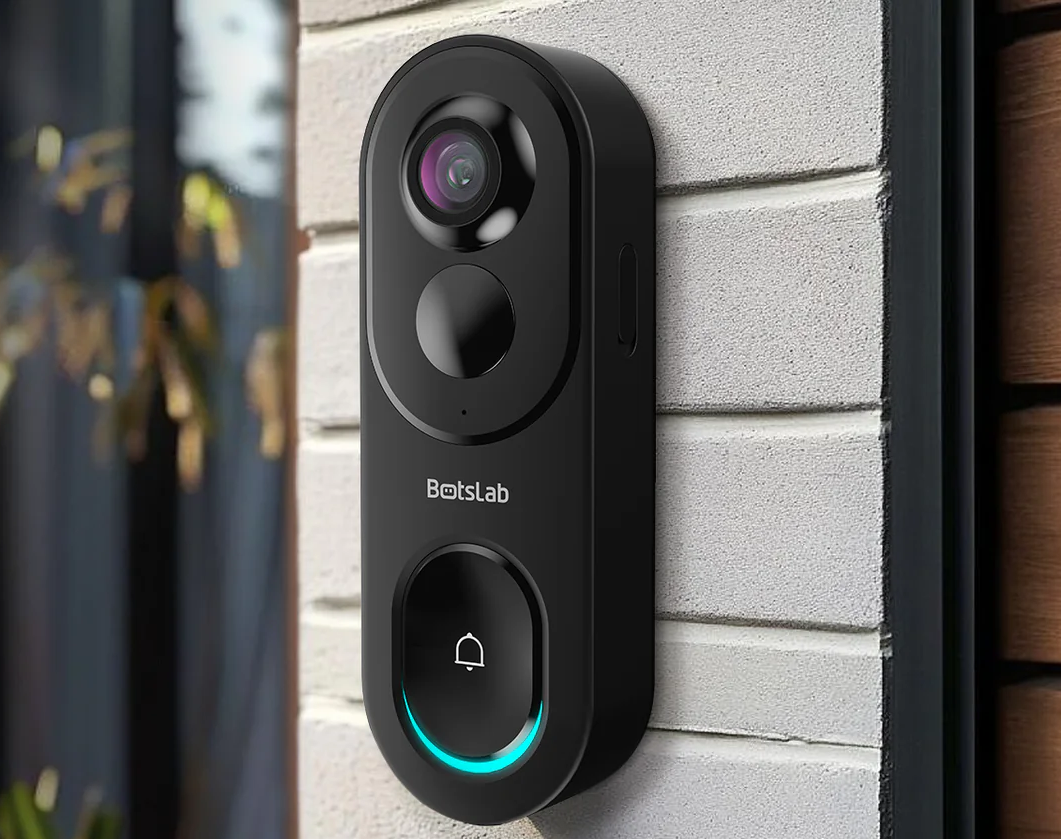



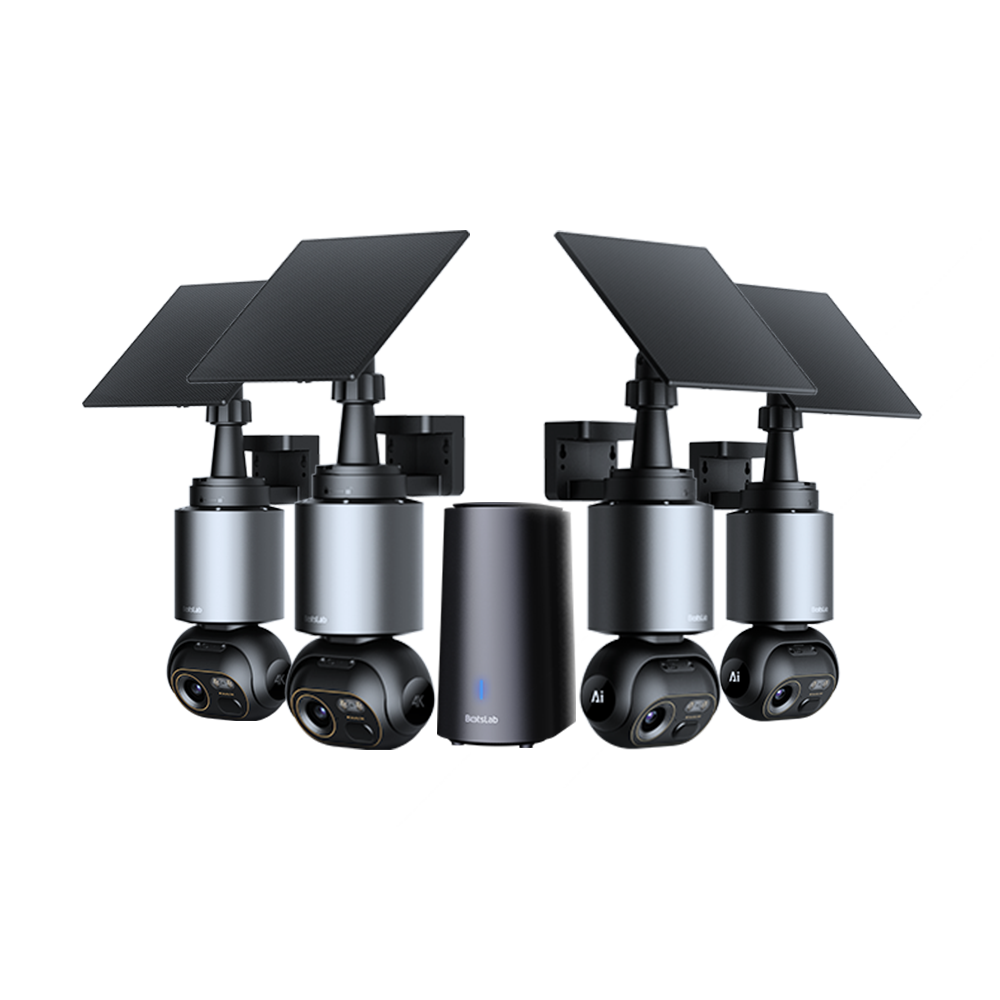




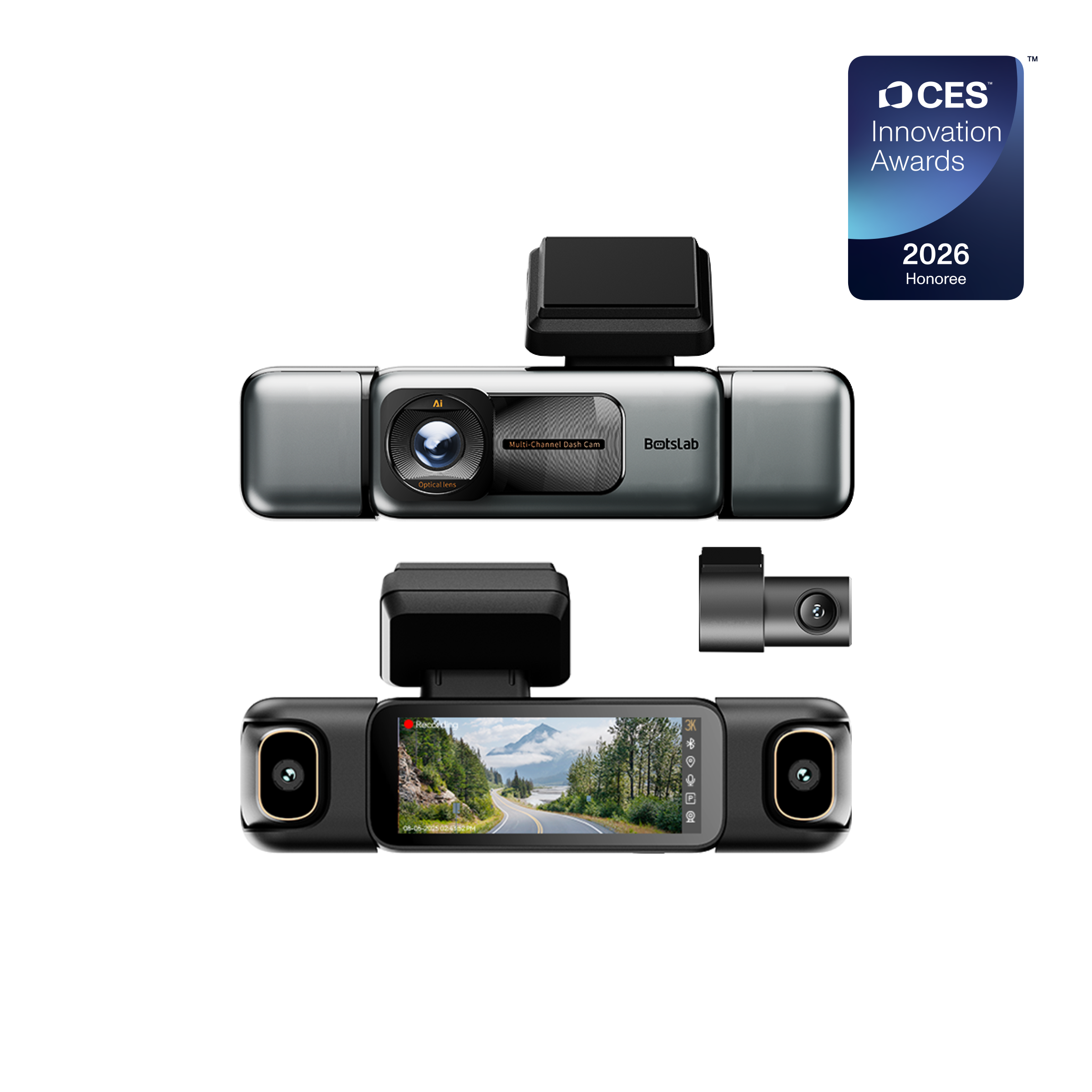
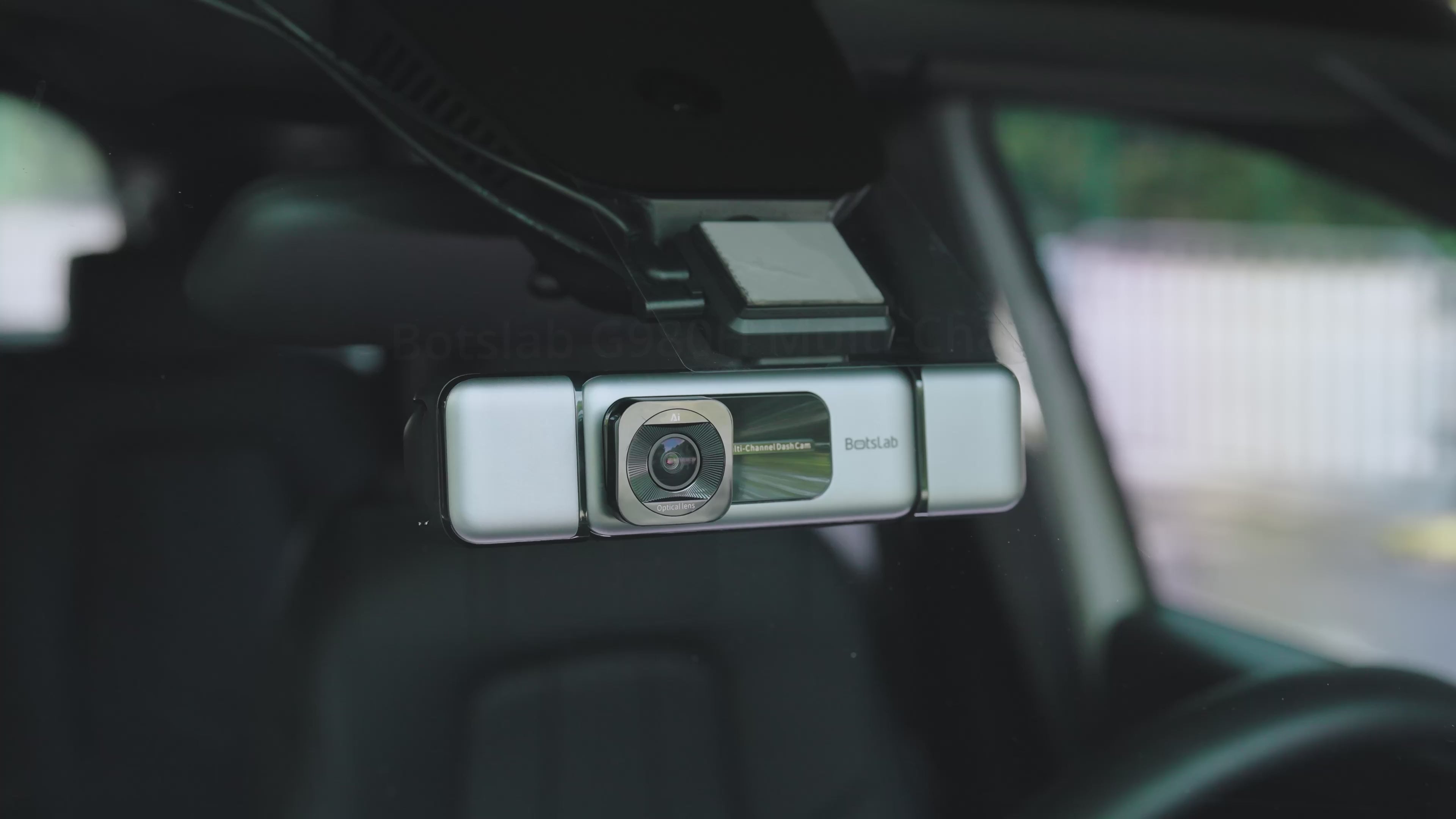
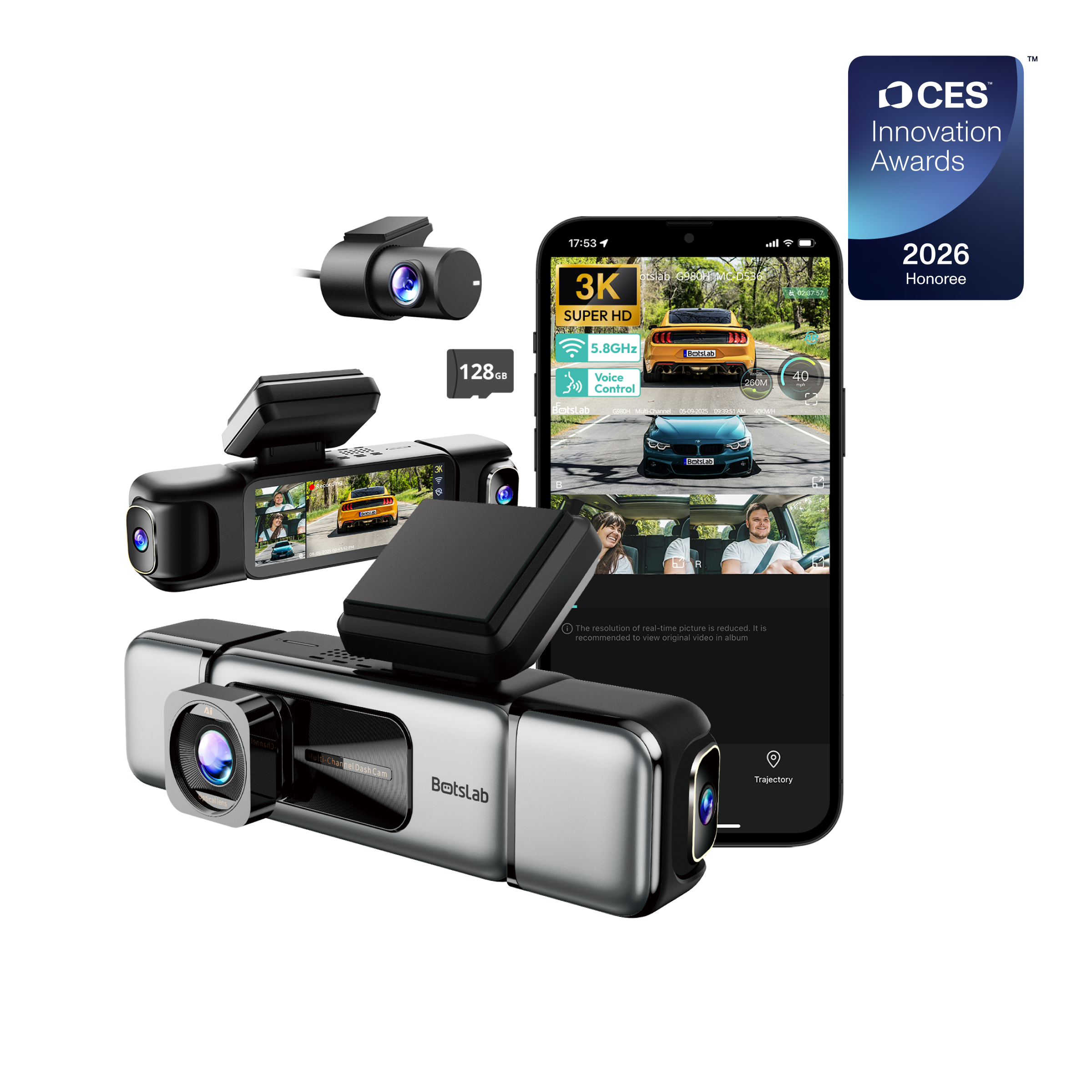





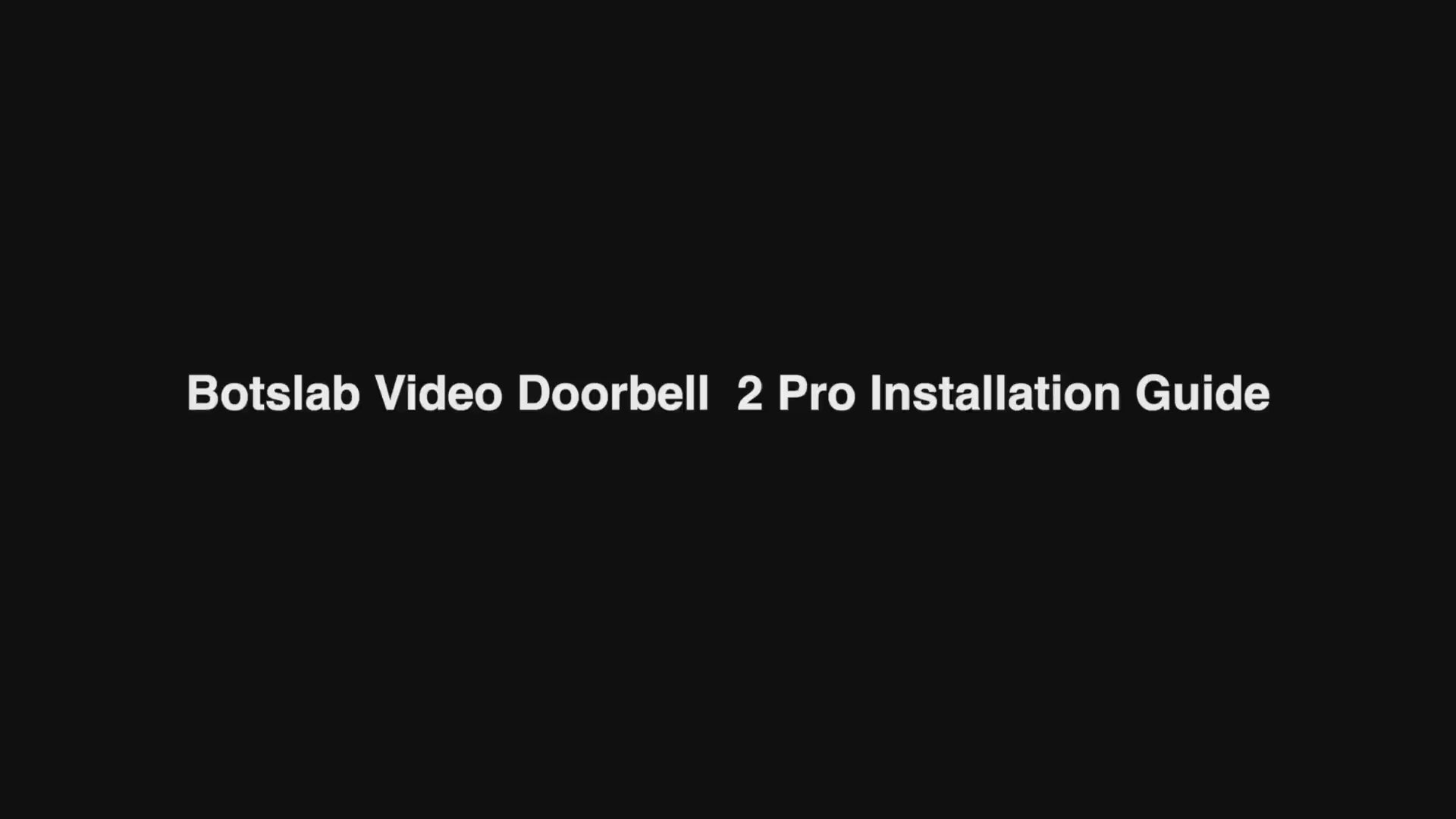
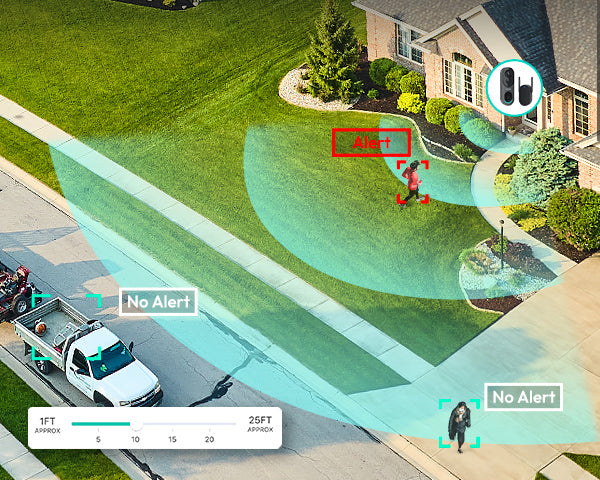




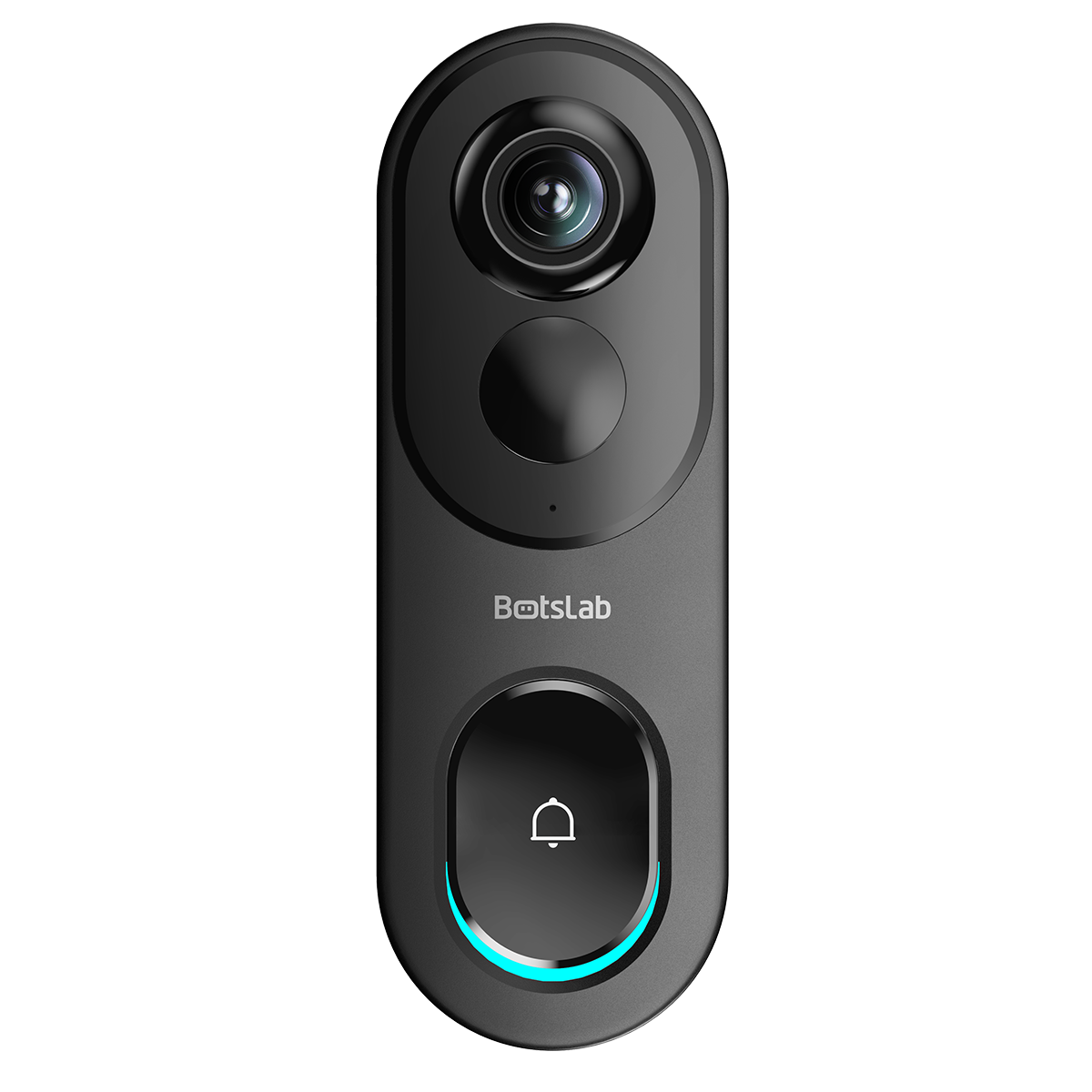


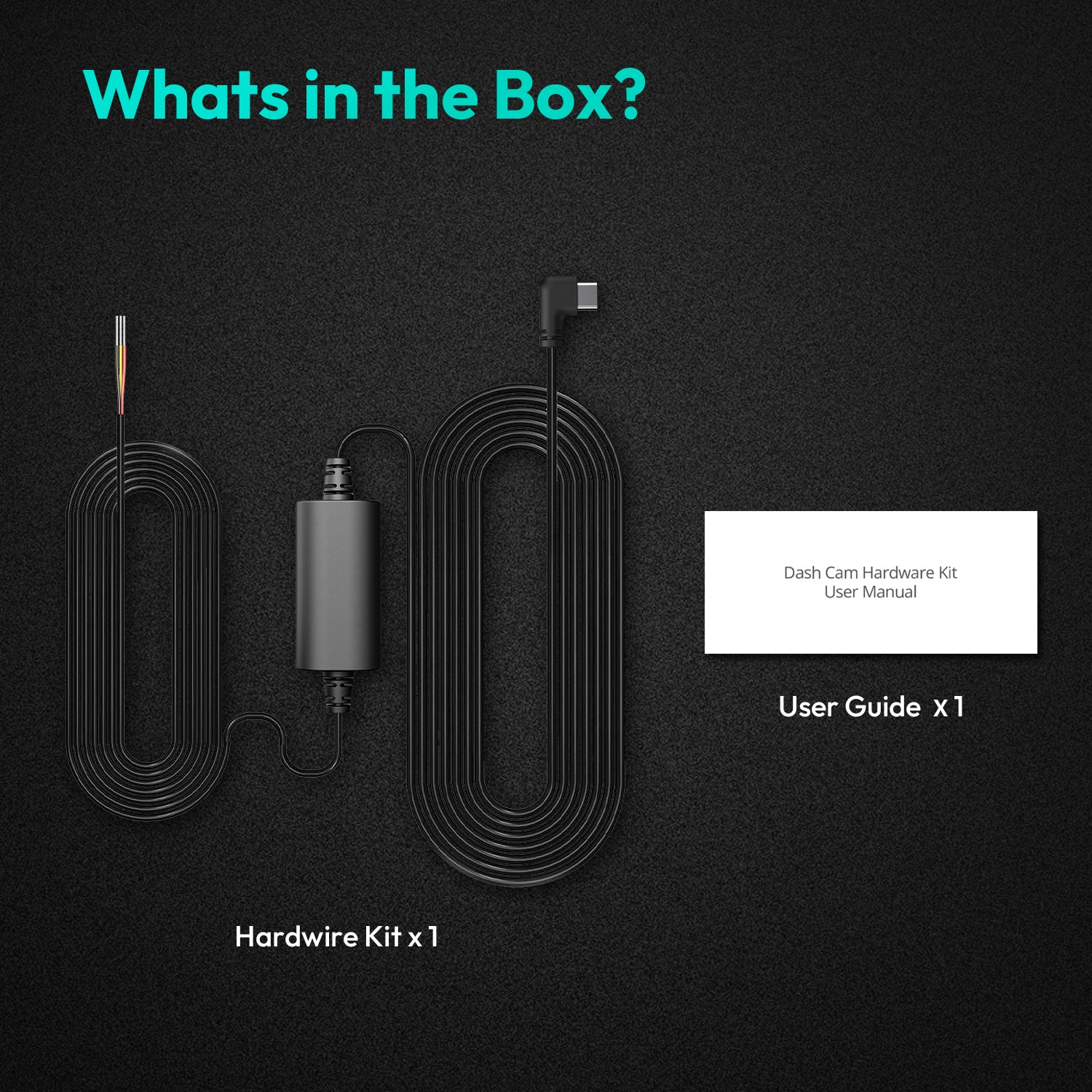
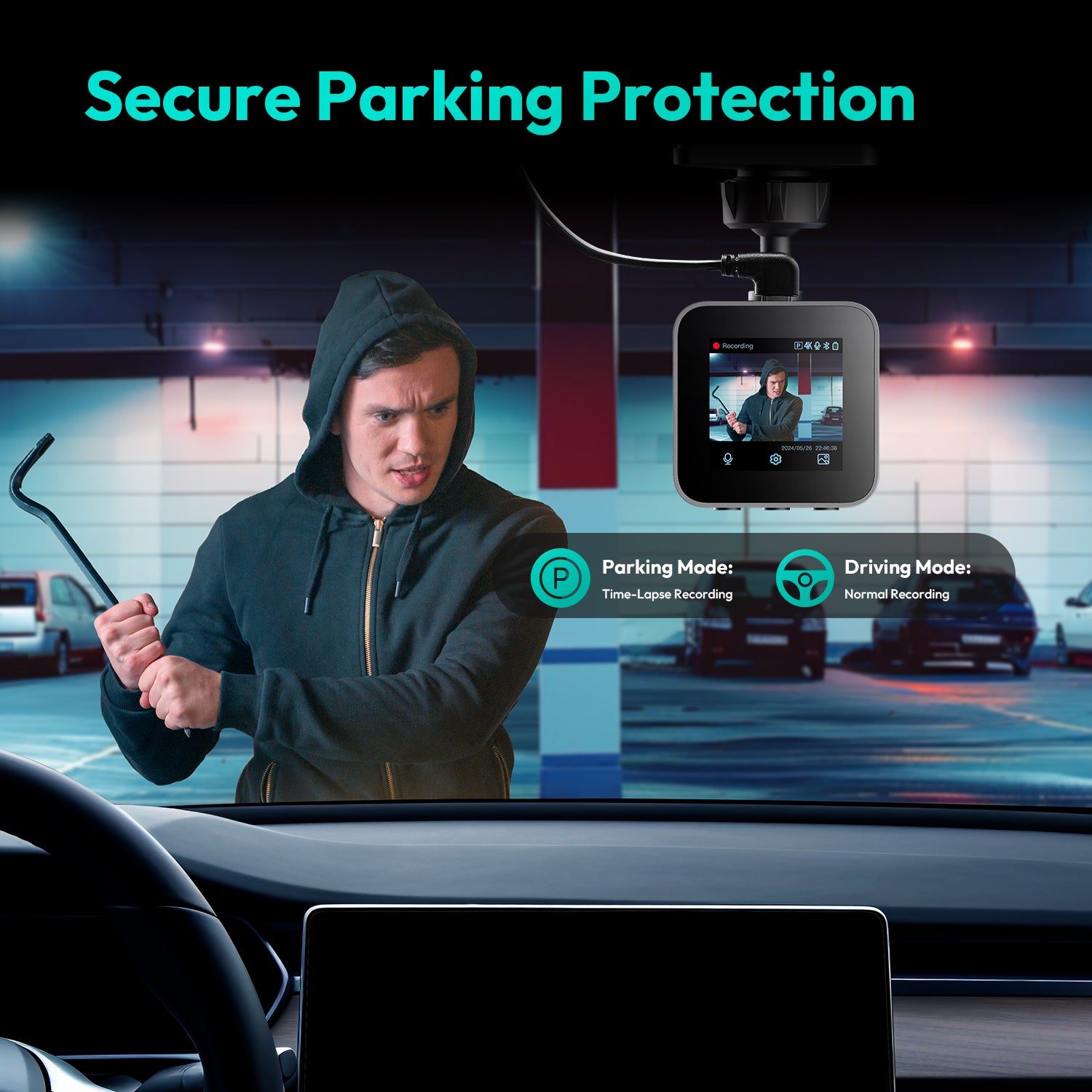
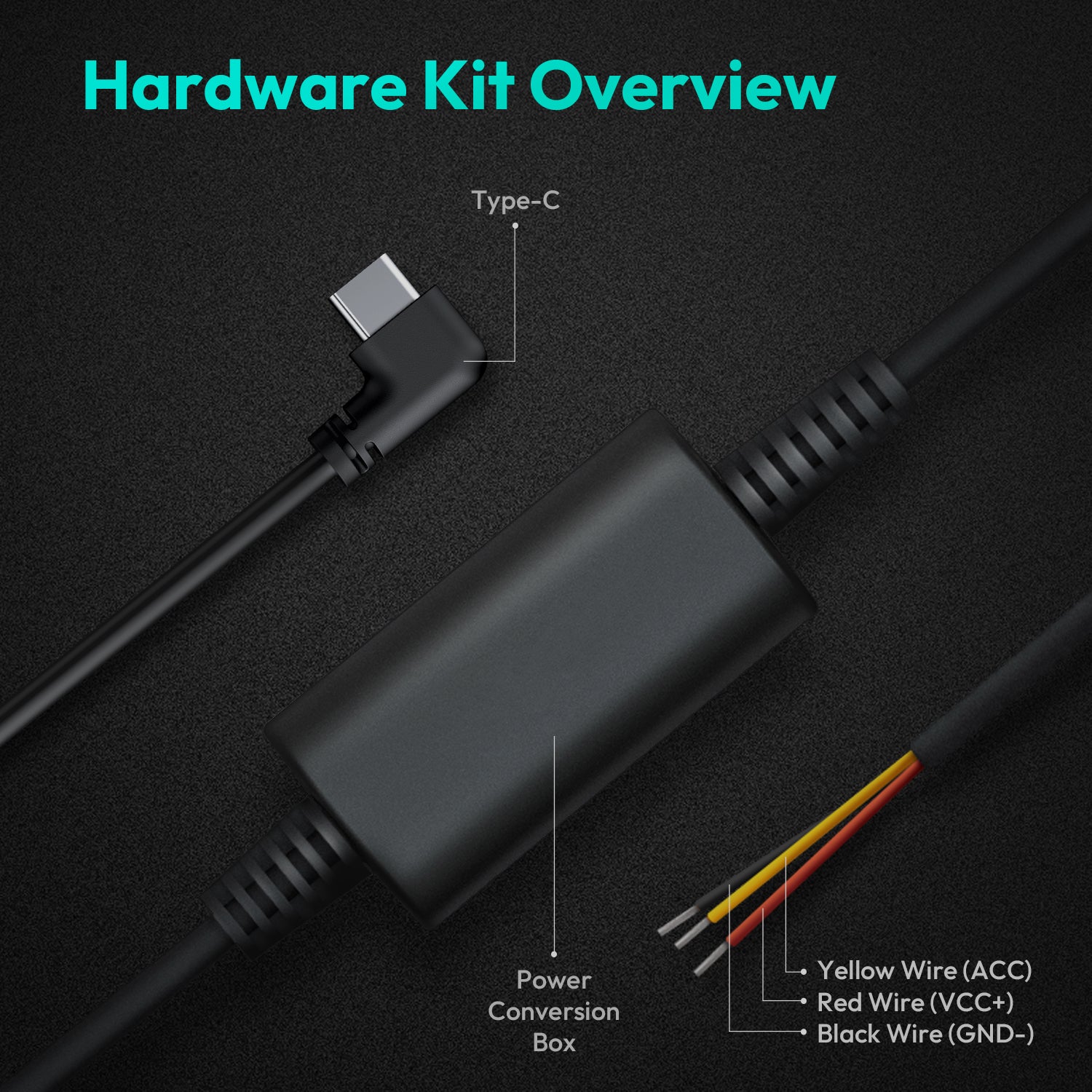

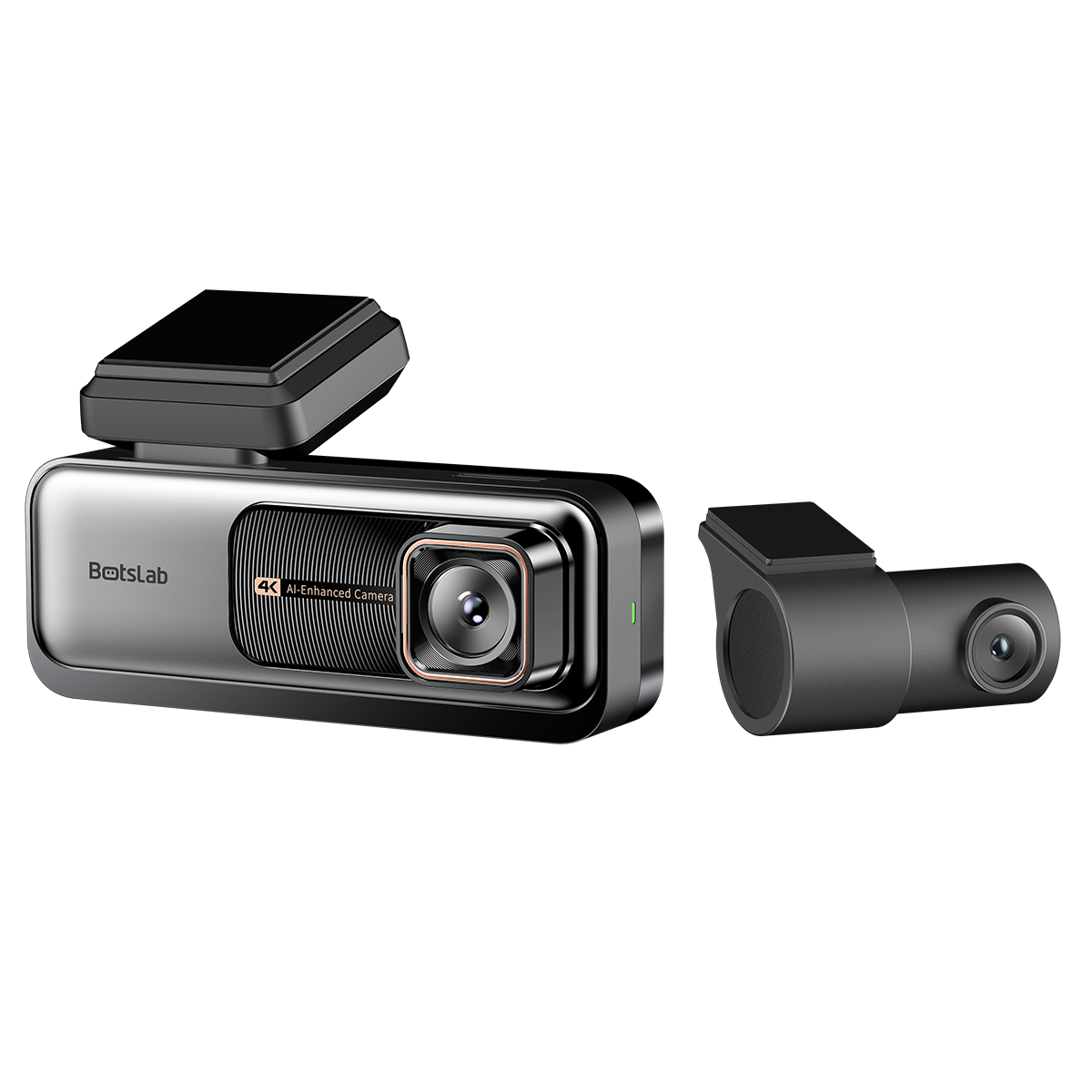

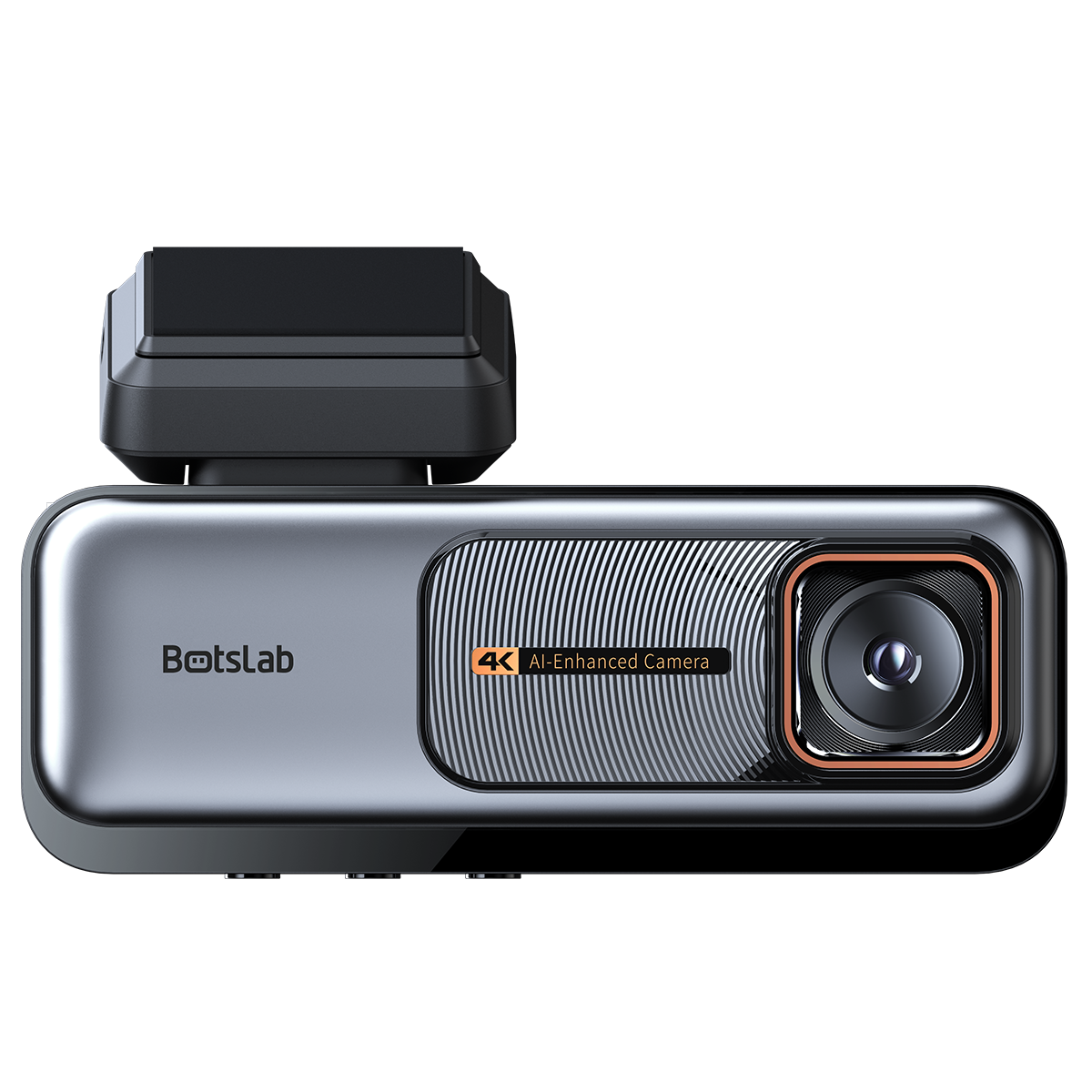
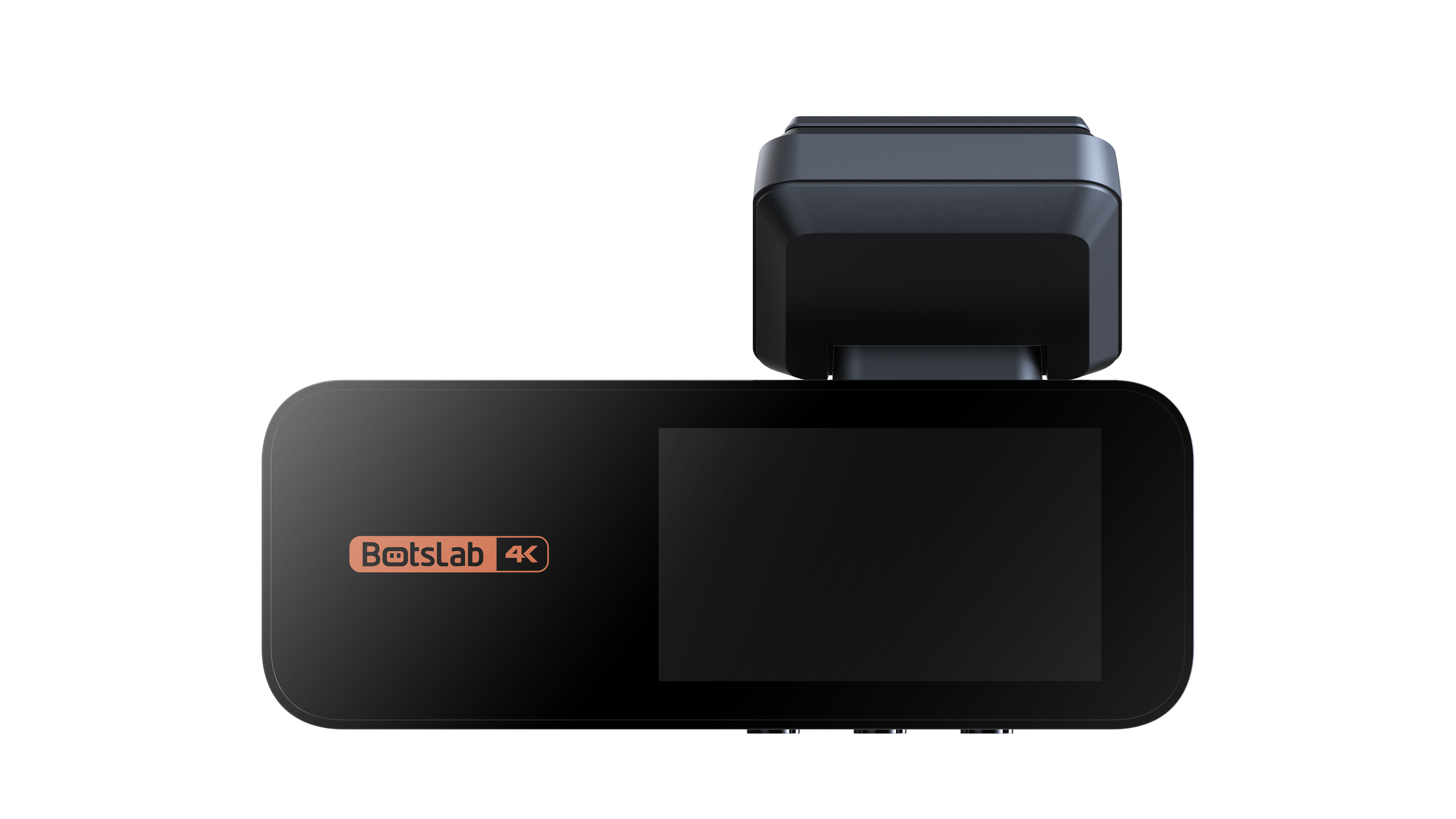
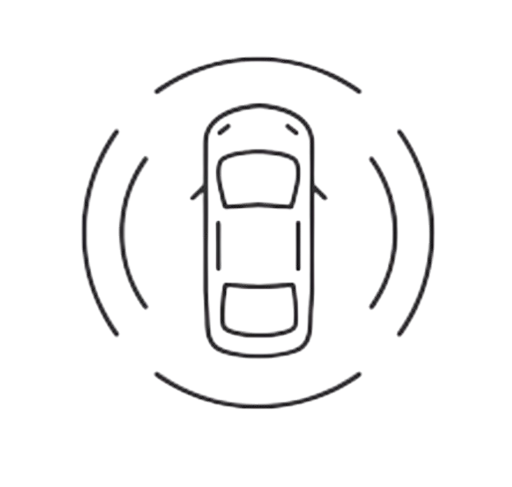
Teilen:
What is the difference between wired and wireless security cameras?
How to Set Up Motion Zones for Outdoor 4K Wireless Security Cameras?